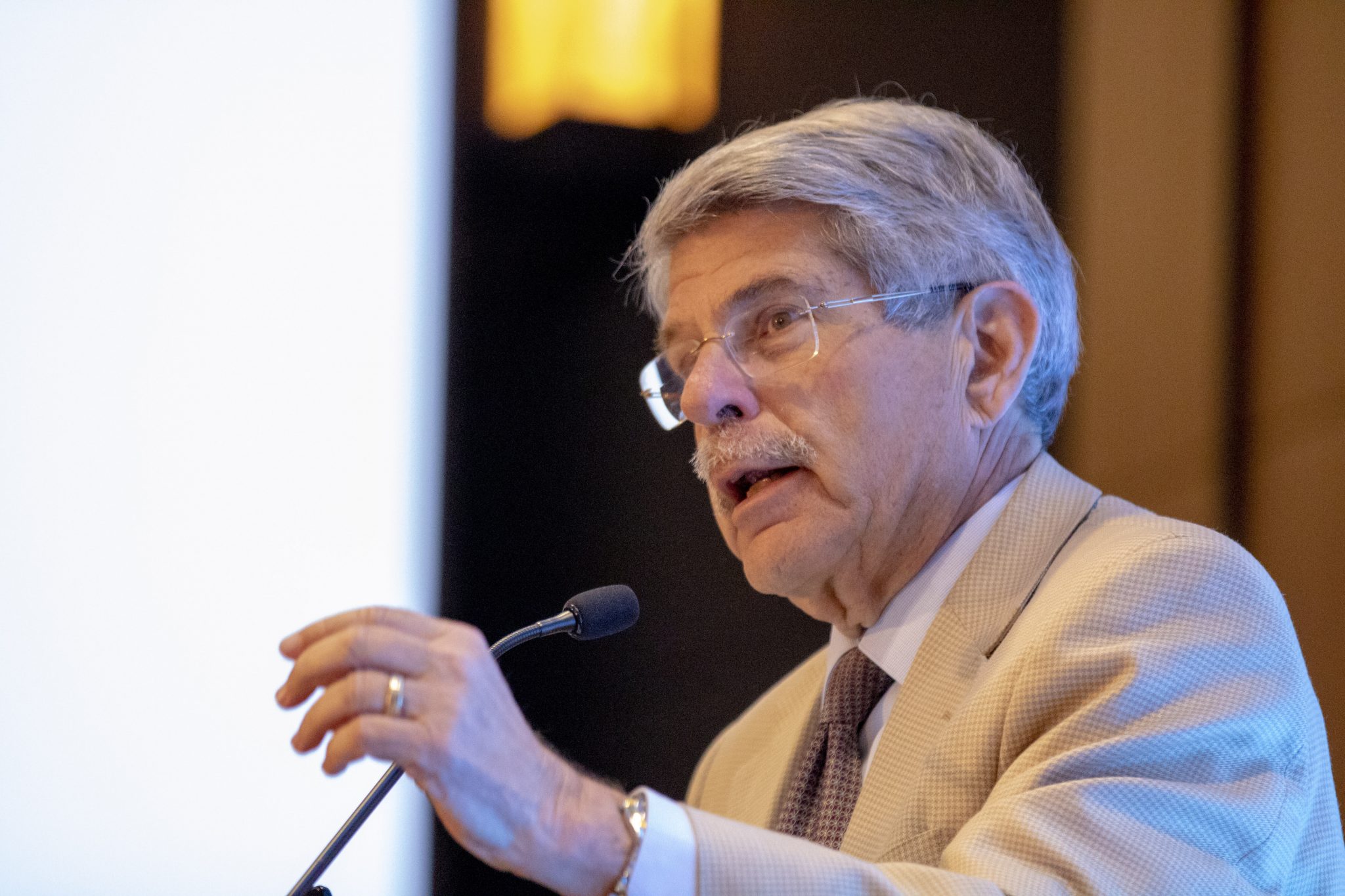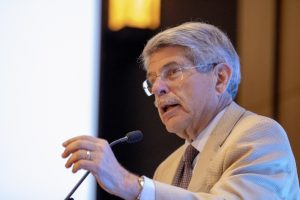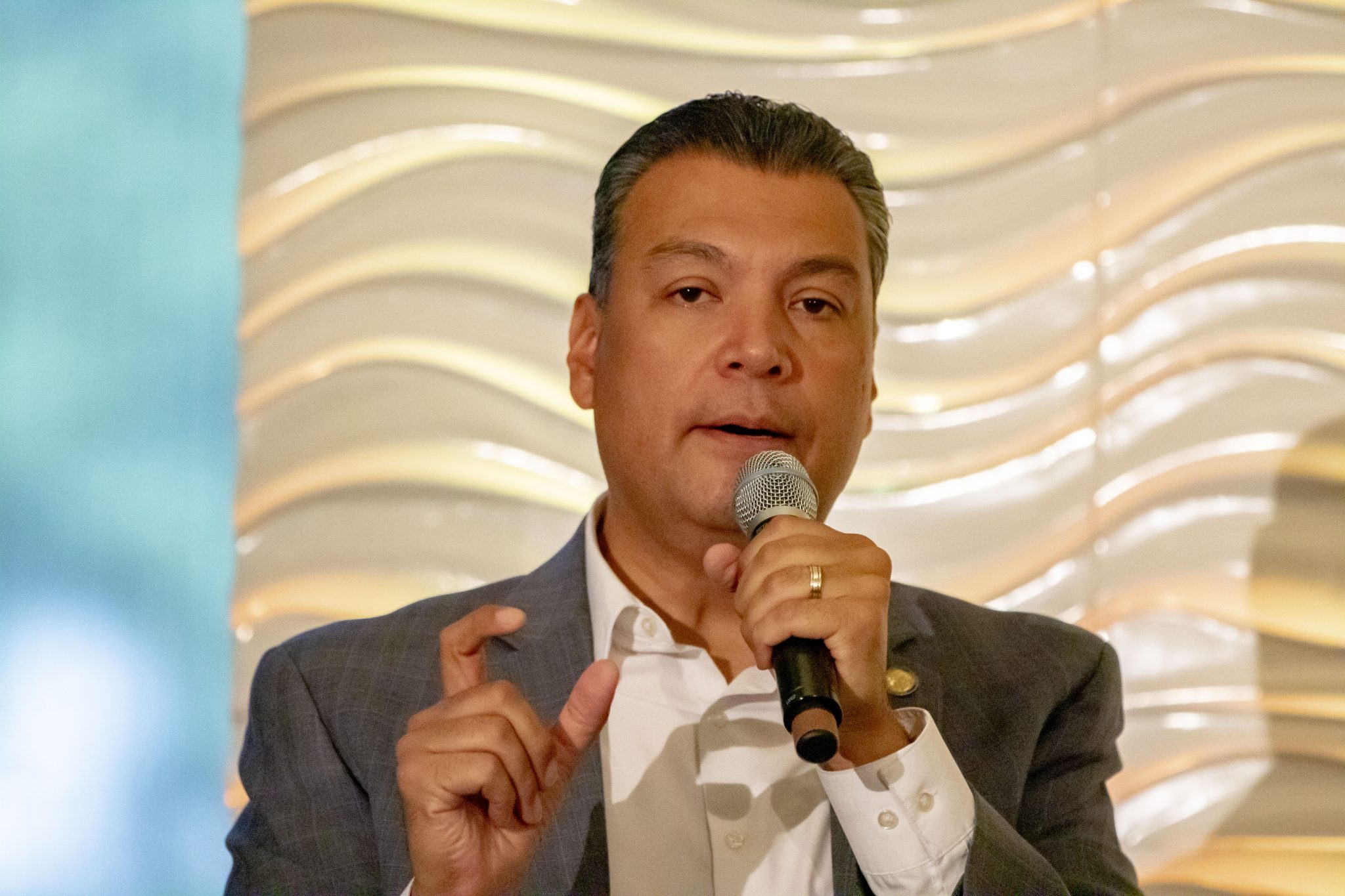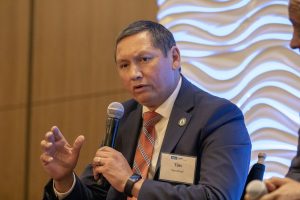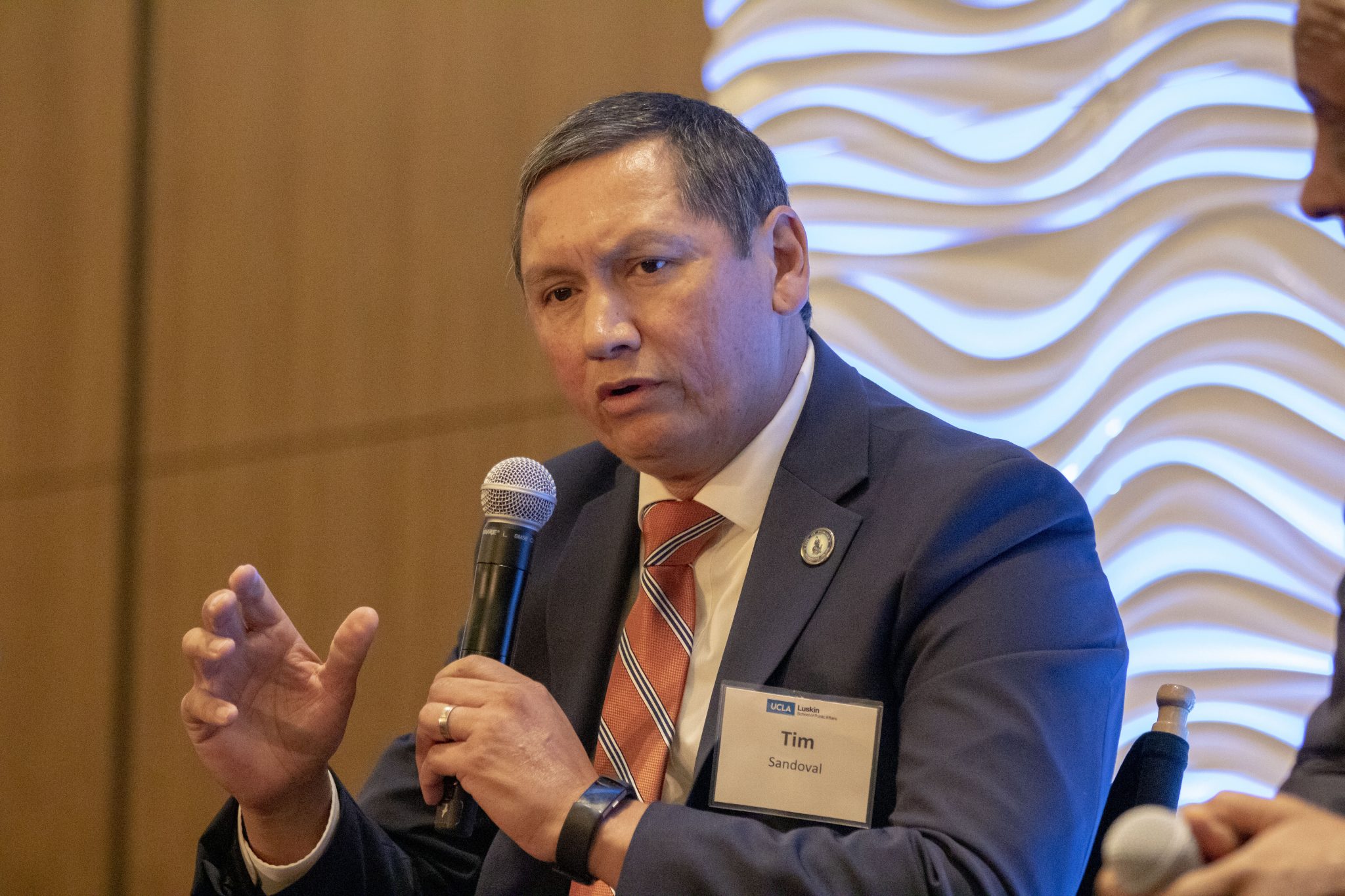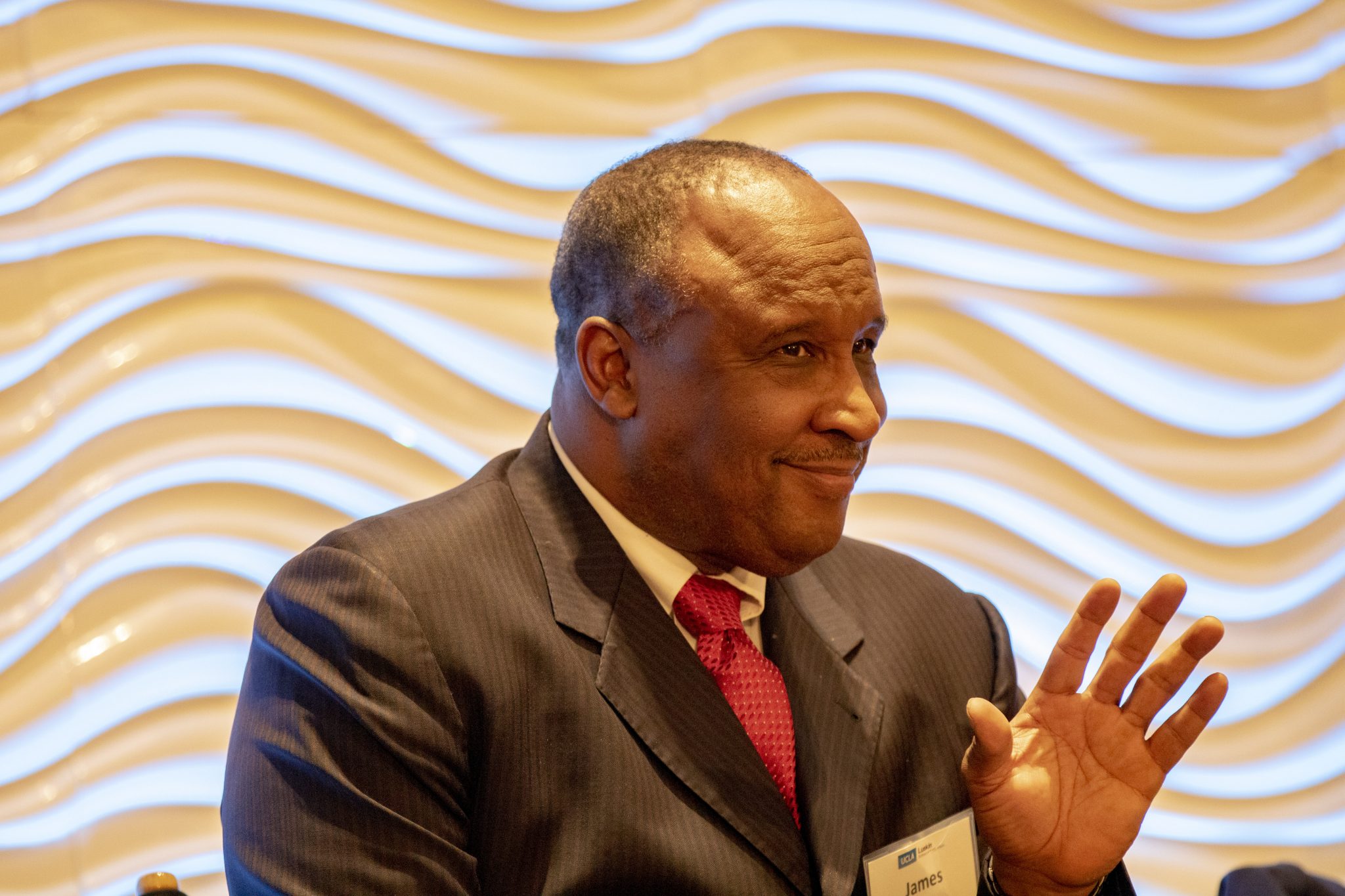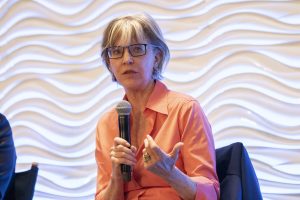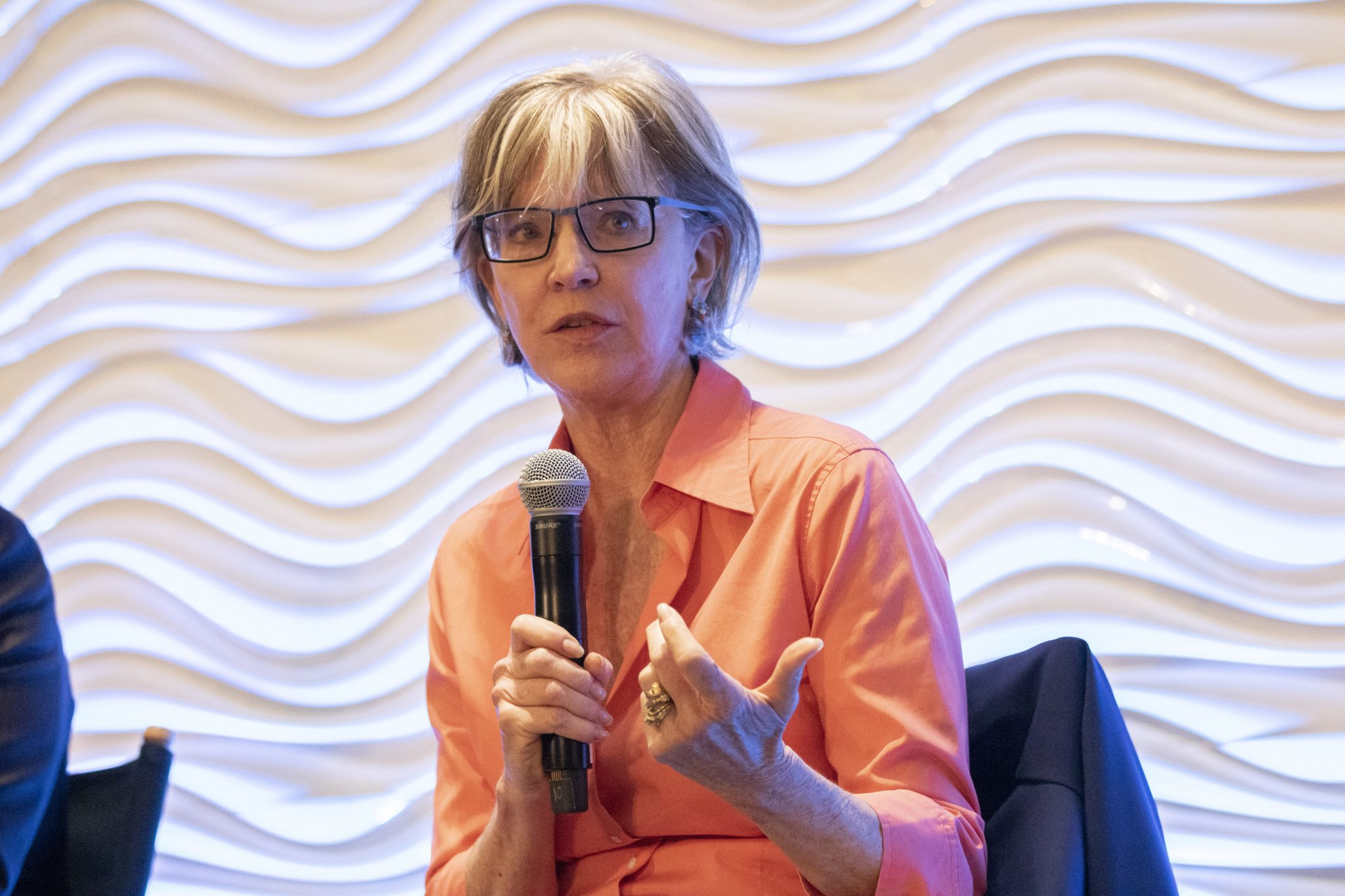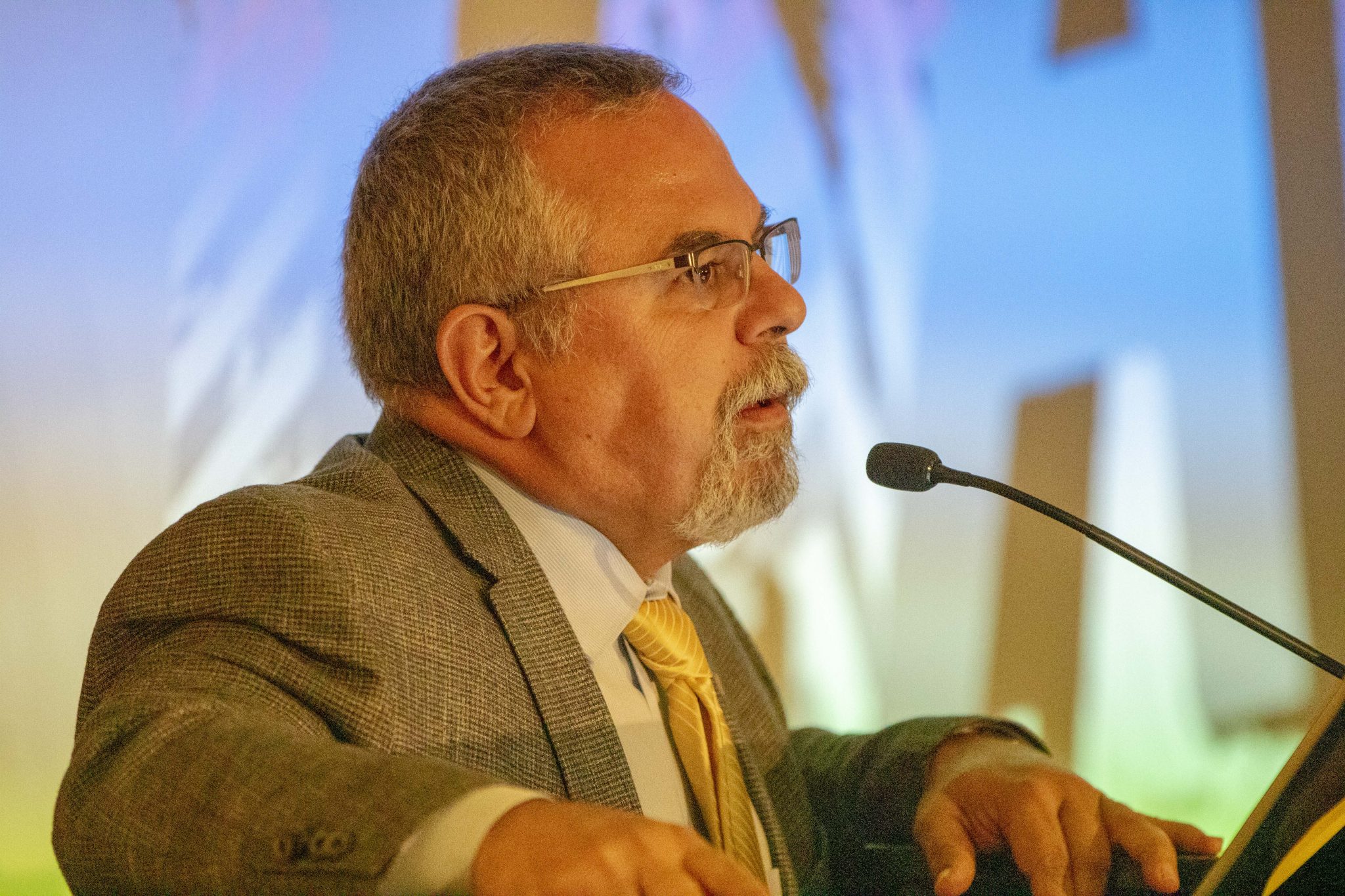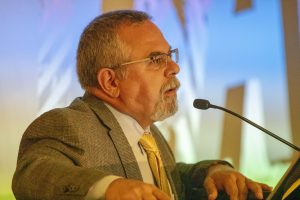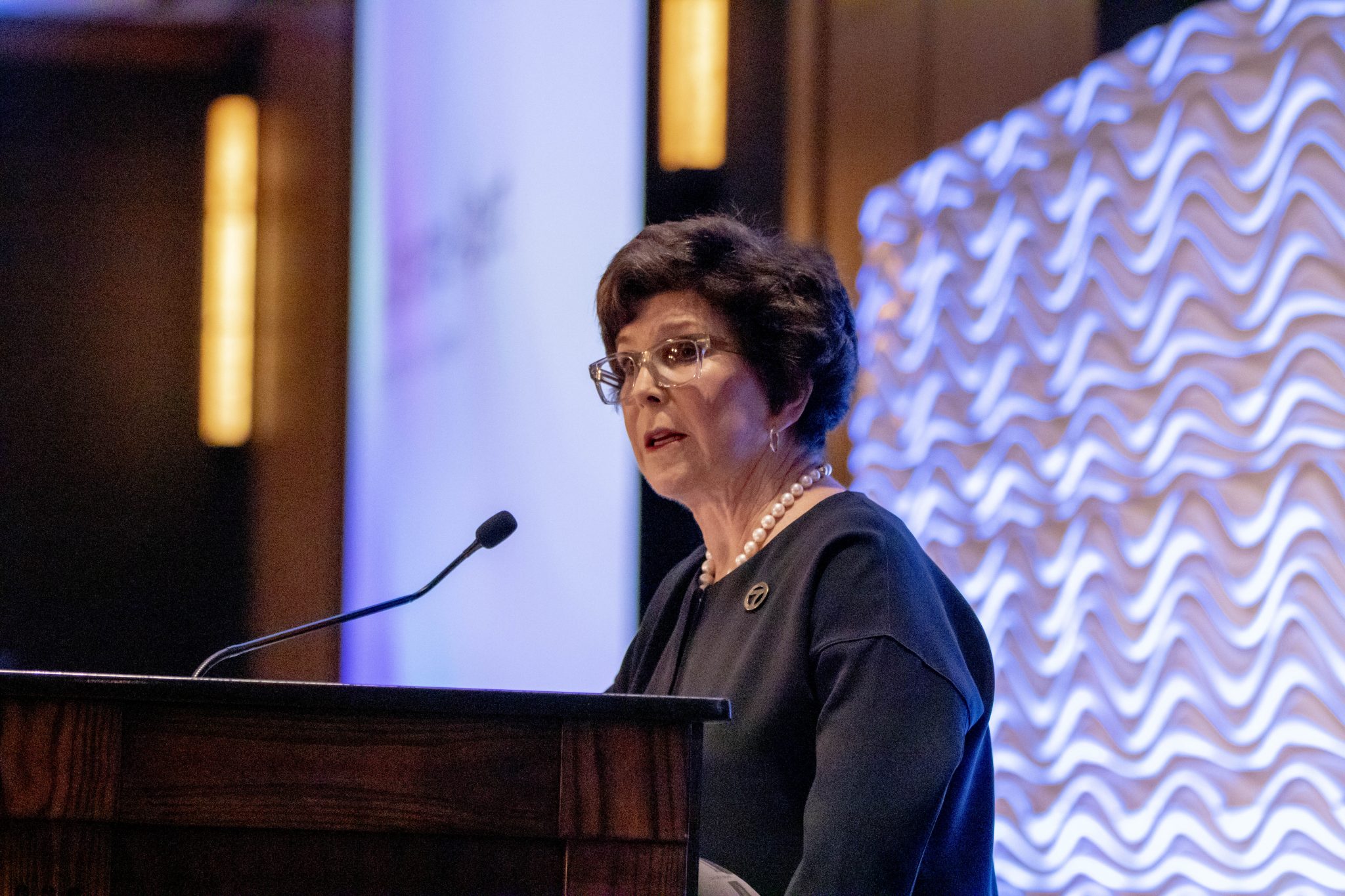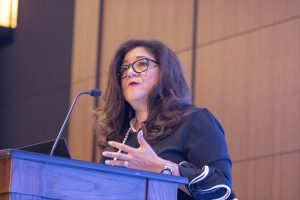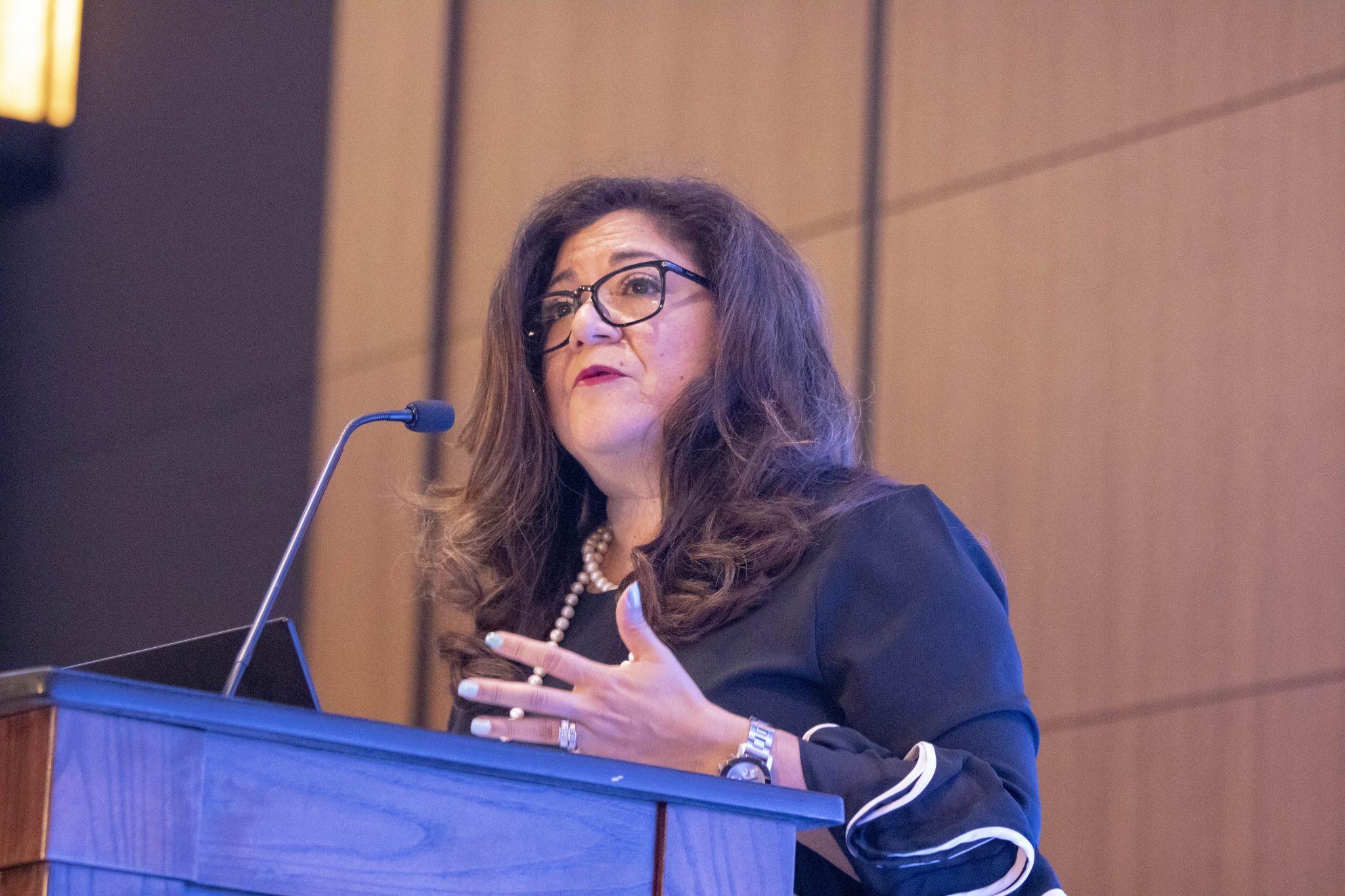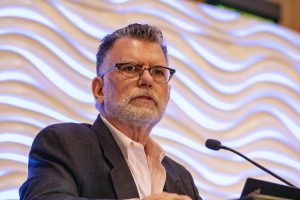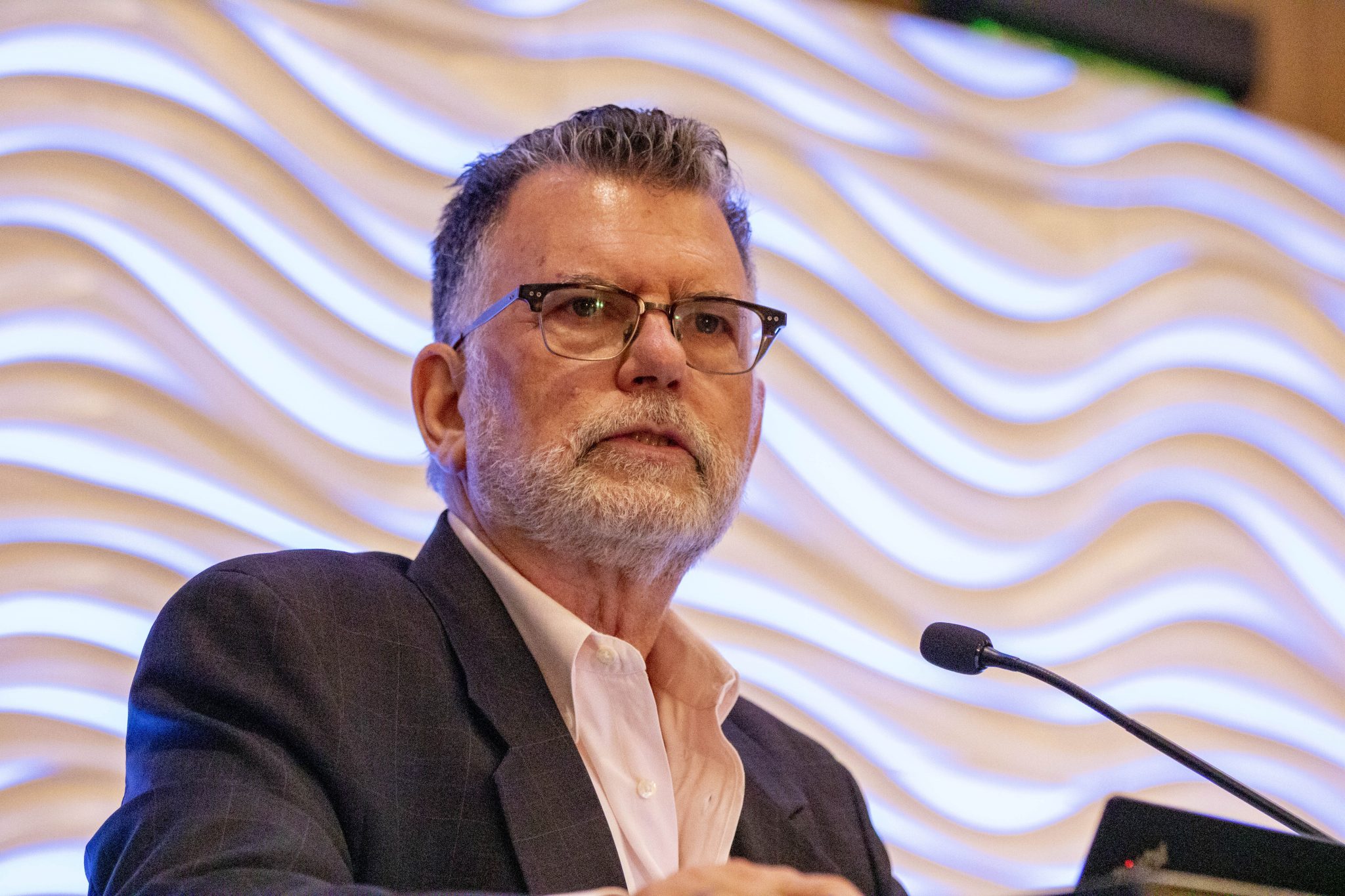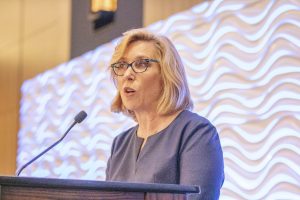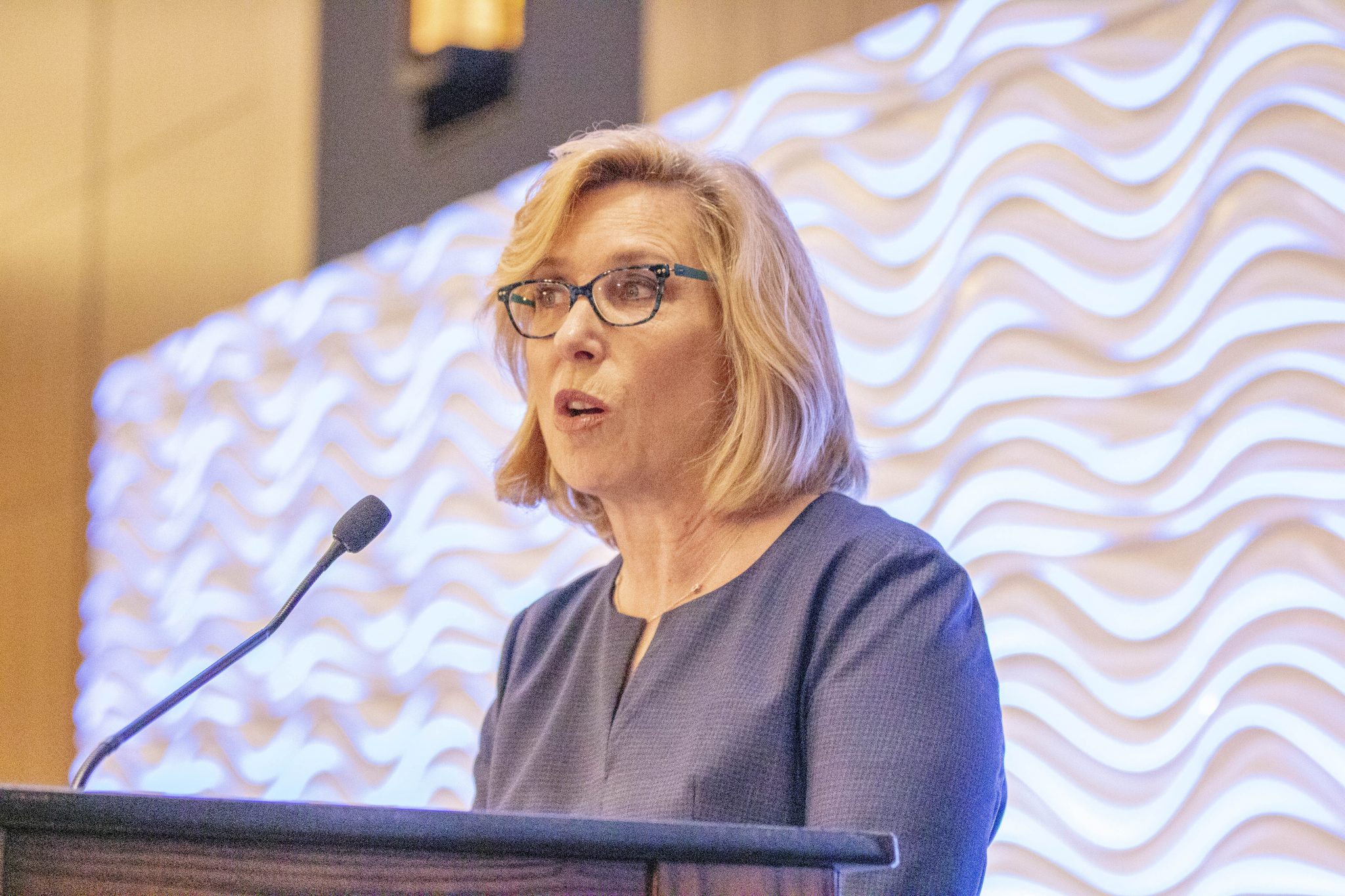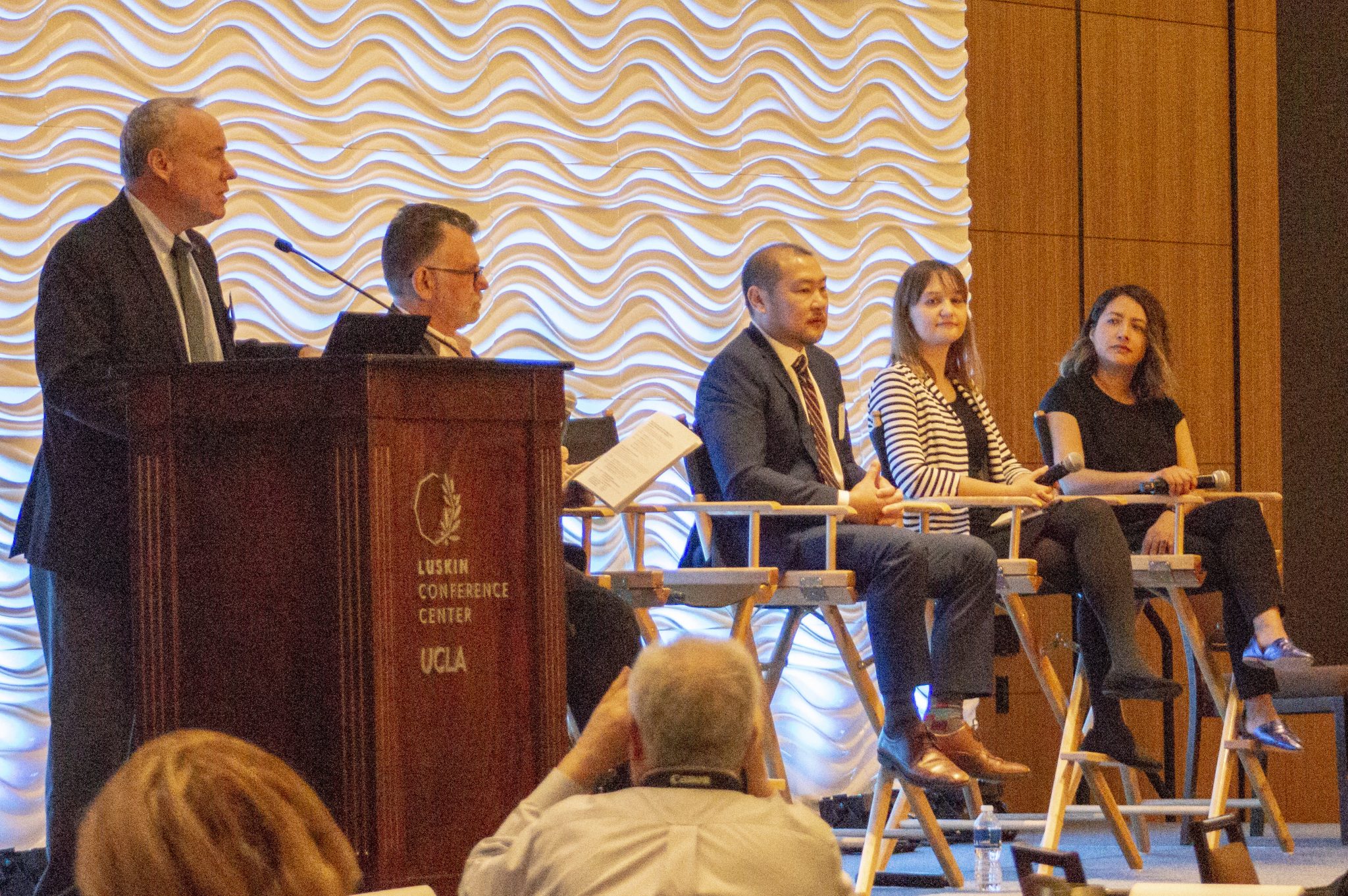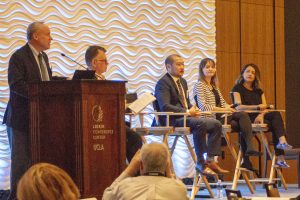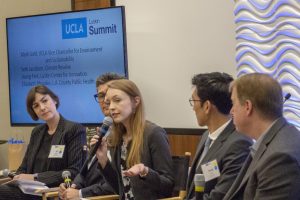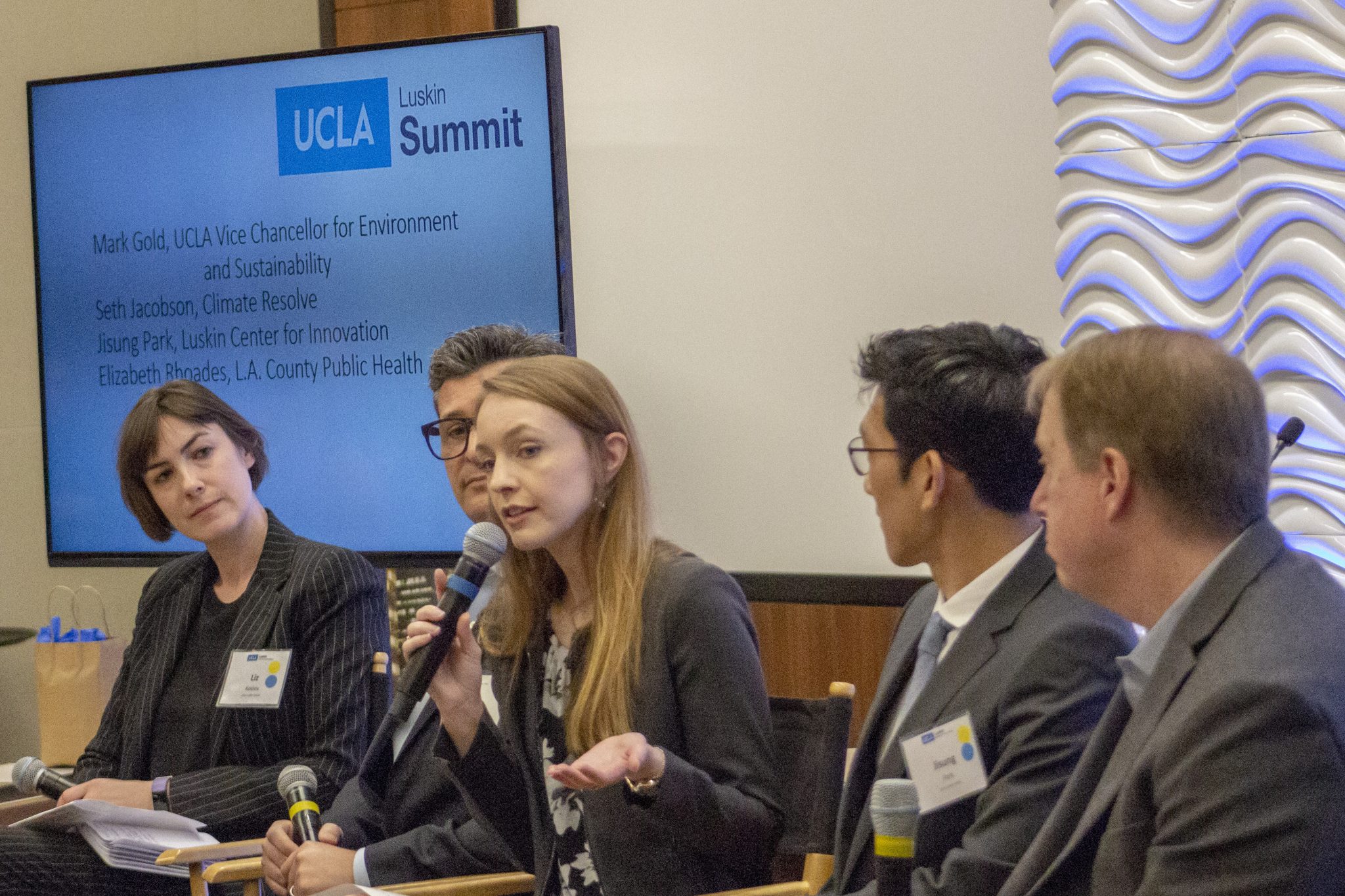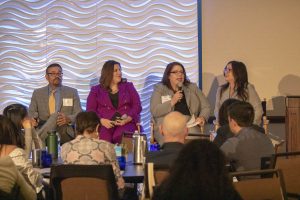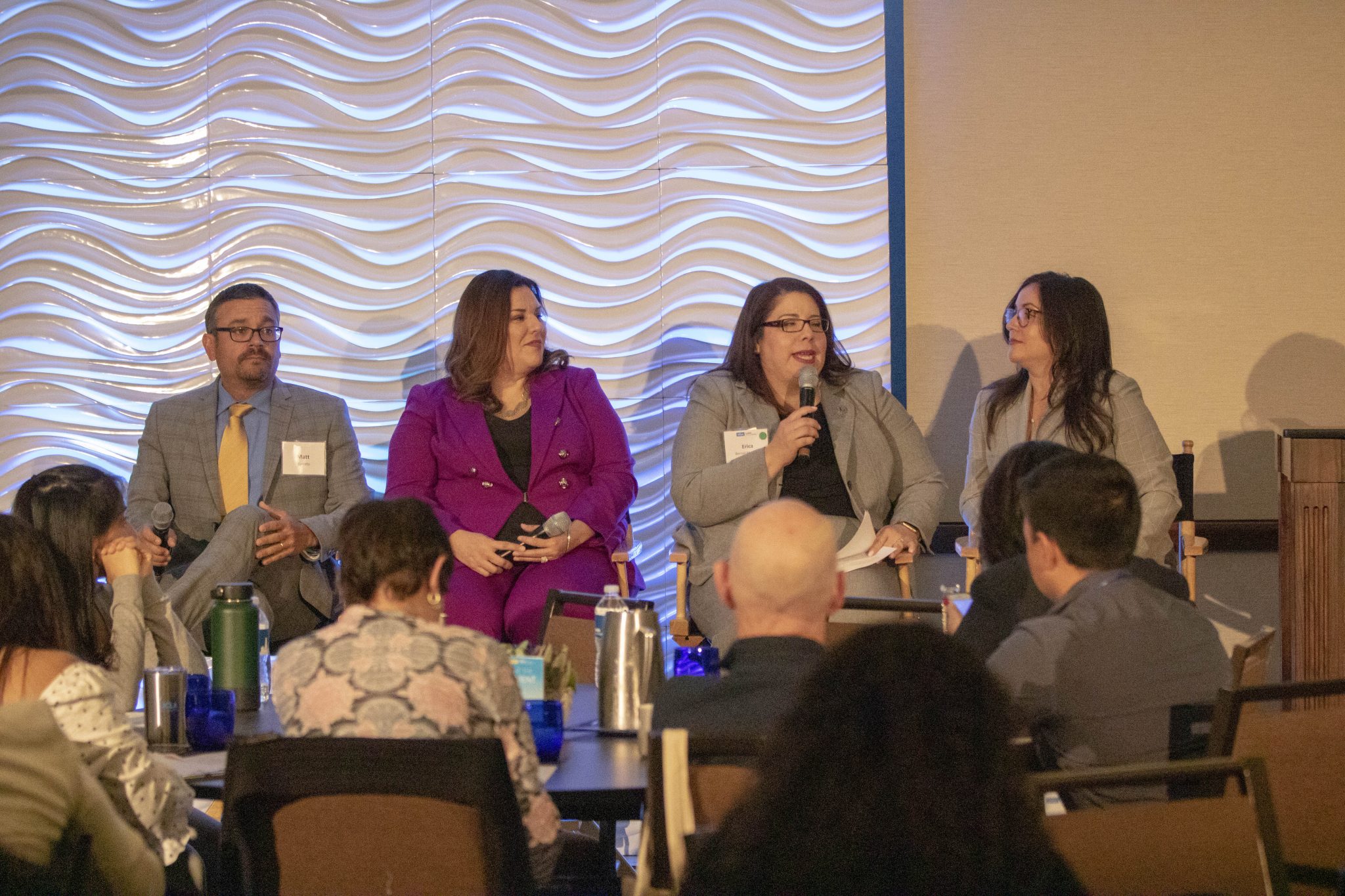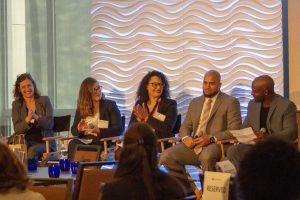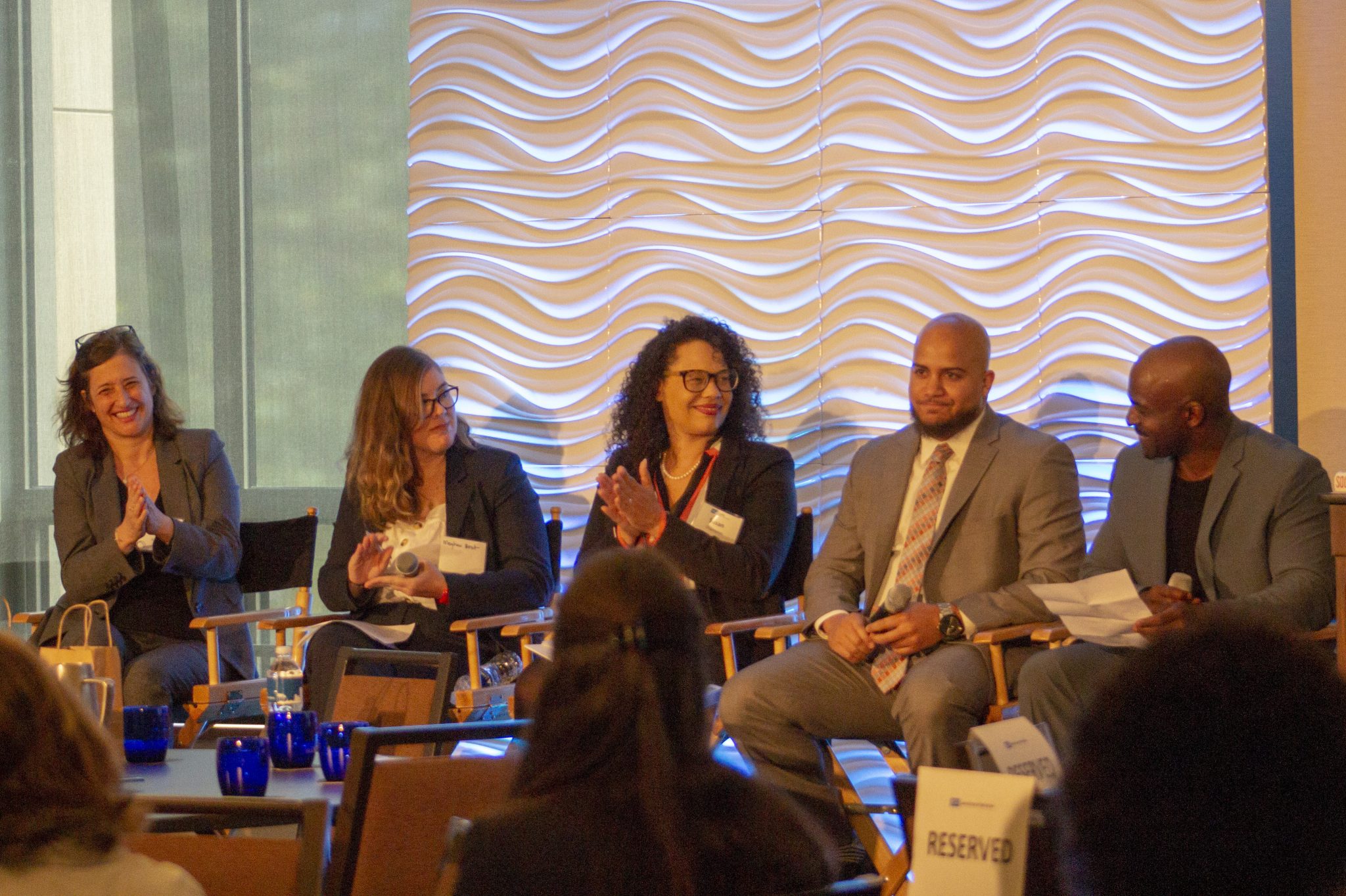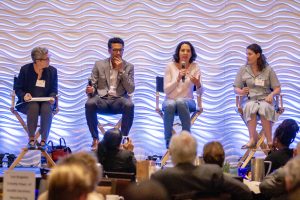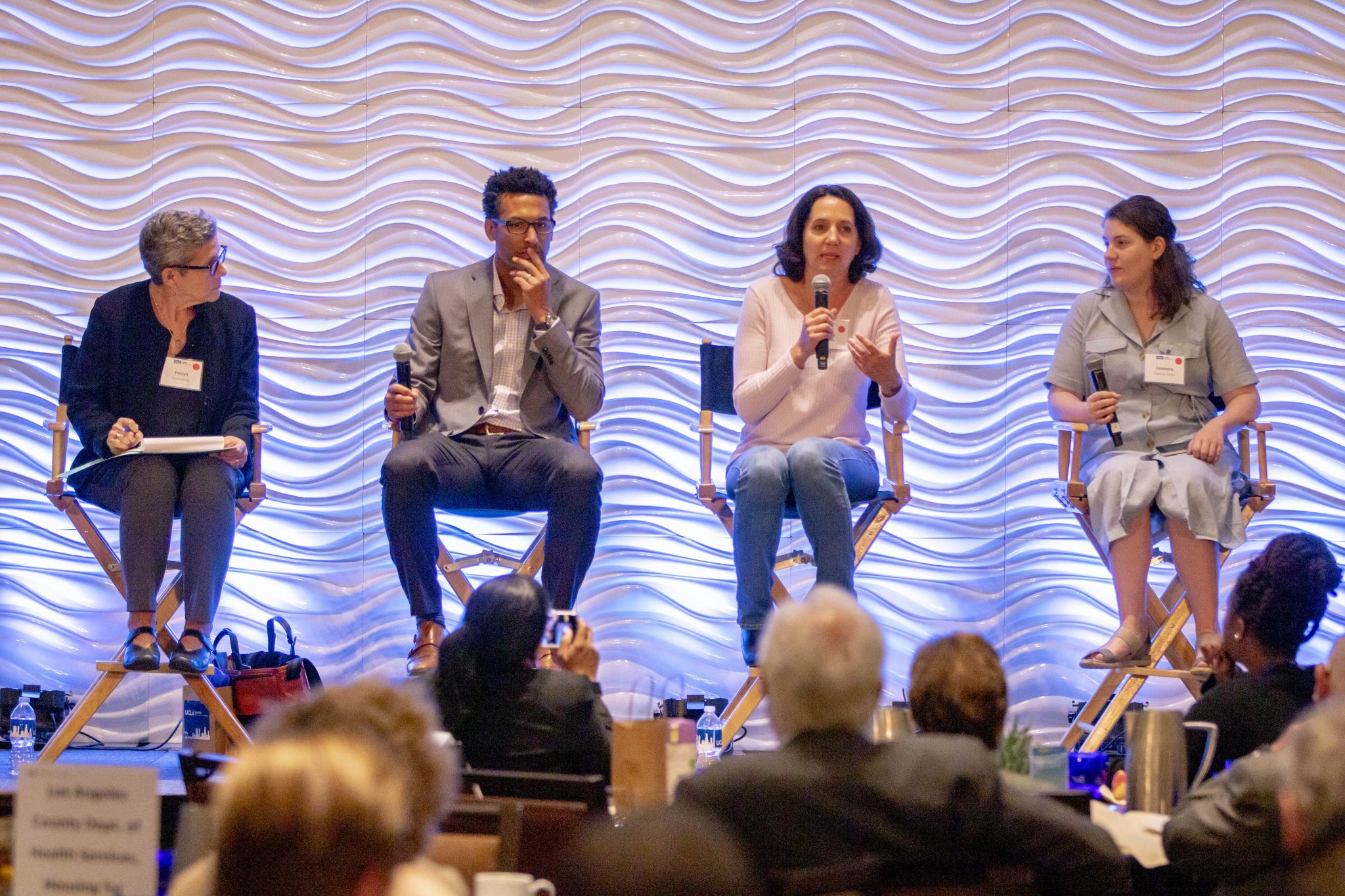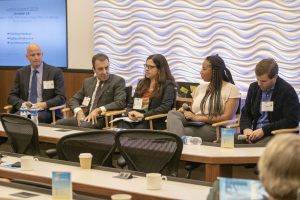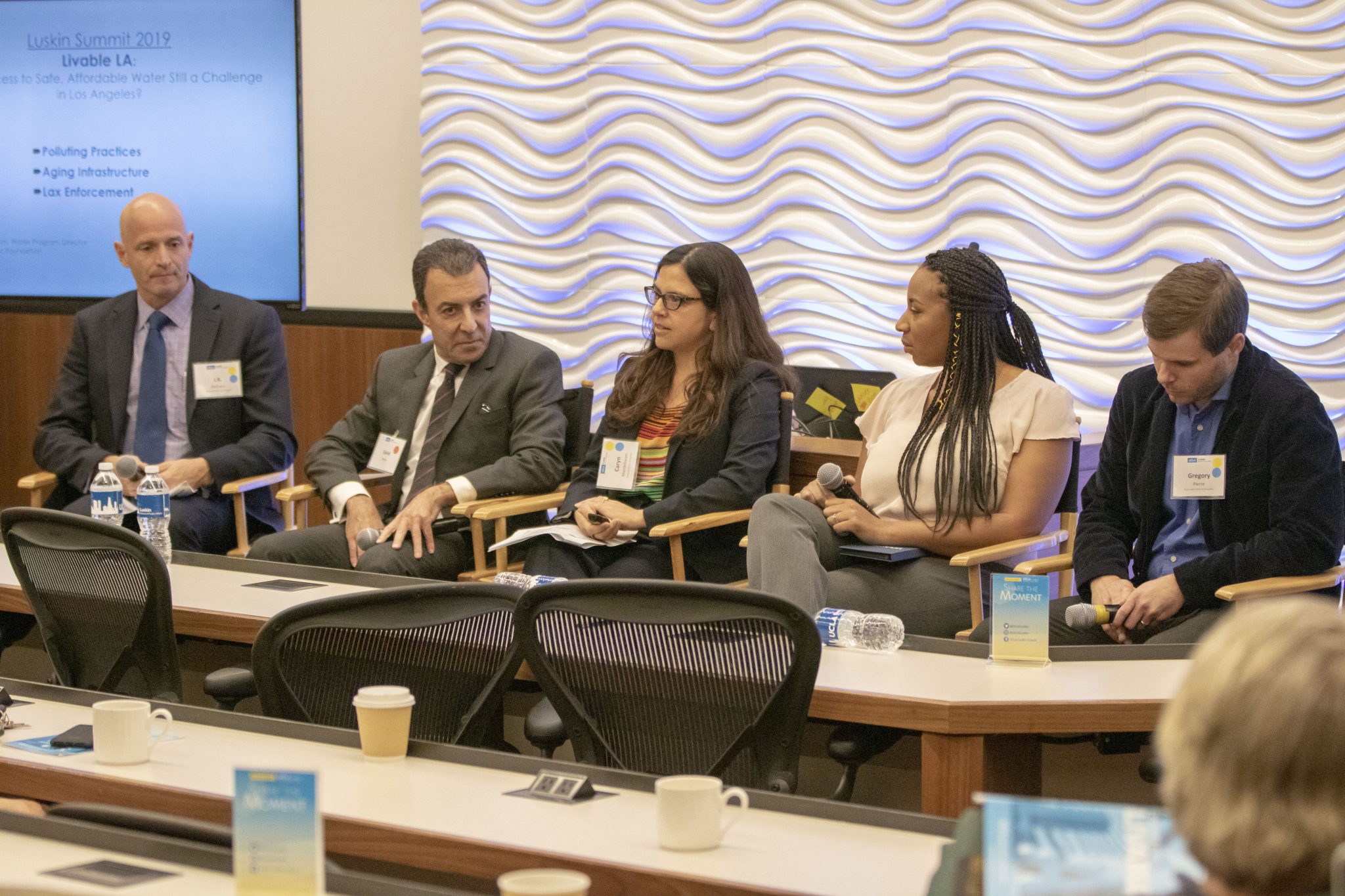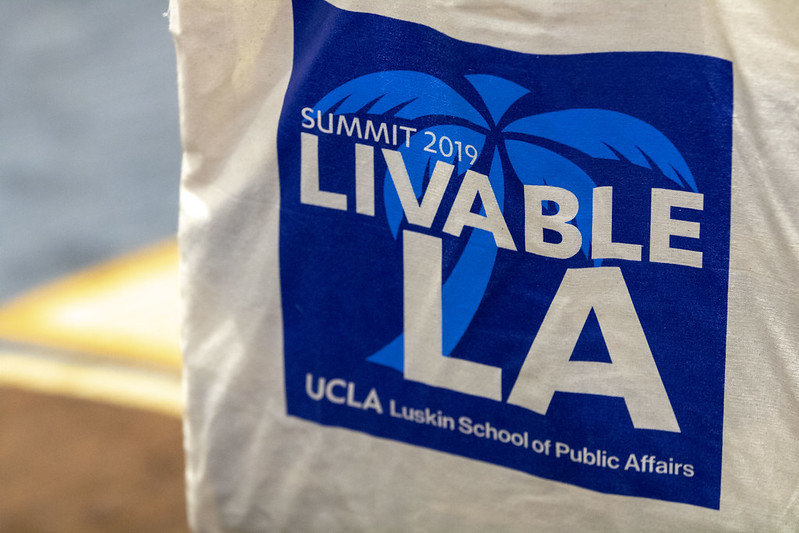Posts
SB50 Would Have Helped Ease Housing Crisis, Manville Says
/0 Comments/in Luskin in the News Michael Manville /by Zoe DayAssociate Professor of Urban Planning Michael Manville weighed in on the controversial Senate Bill 50 in a recent Los Angeles Times column. SB50 aims to relieve the housing shortage, reduce commuting time and combat climate change by requiring cities to allow multi-family complexes to be built in areas near mass transit, among other provisions. Many California residents have expressed concern that SB50 would increase housing density and destroy the integrity and character of their neighborhoods. Manville understands the concerns of residents but believes that everyone must contribute to solving the housing crisis, including those living “smack dab in the middle” of the nation’s second-largest city. “We have people in our city living in tents. They live in their cars. They live under our highway overpasses and they die on our sidewalks,” Manville said. “At a certain point, the pedigree of your house has to matter a little bit less.”
Yaroslavsky Argues for Preservation of Single-Family Housing
/0 Comments/in Luskin in the News Zev Yaroslavsky /by Zoe DayDirector of the Los Angeles Initiative Zev Yaroslavsky was featured in the Los Angeles Times commenting on Senate Bill 50. According to census data, nearly two-thirds of California residences are single-family homes and between half and three-quarters of the developable land in much of the state is zoned for single-family housing only. Among other provisions, SB50 would allow duplexes, triplexes and fourplexes to be built on much of the residential land now zoned for only single-family houses. “When people around the world think of L.A., one of the things they think of is a home with a backyard,” Yaroslavsky said. “I think much of it should be preserved.” Doing away with single-family-only zoning would unalterably diminish California for current and future residents, he said.
Former Congresswoman Discusses Path to Political Office
/0 Comments/in Luskin's Latest Blog /by Stan PaulMimi Walters, a member of the U.S. House of Representatives from 2014 to 2019, shared her personal pathway to political office, “From Orange County to Washington, D.C.,” at a noontime talk May 9 to an audience that included graduate students and undergraduates from the UCLA Luskin School of Public Affairs. The Republican former lawmaker, who represented California’s 45th district, also served previously in both the California State Senate and State Assembly. Walters talked about what it took to win campaigns from student government in high school to a seat on her local city council in Laguna Niguel to state and federal seats. For Walters, success has come through preparation that included volunteer work, participation in and support for other candidates, and fundraising. “I said, ‘If I really want to do this, I better learn how to campaign.’ So I got involved in other people’s races. I worked on other people’s campaigns. That is how I learned how to run a race.” She added, “The other thing … when you go and volunteer for somebody’s campaign and you someday want to run, they remember.” Navkaran Gurm, a first-year pre-major in Public Affairs, said he was impressed by Walter’s talk and how candid she was about what is required to seek elected office. “It was a good intellectual exchange. She gave us the facts and inside look at the life of a politician,” Gurm said.
More Is Less on L.A.’s I-405, Michael Manville Says
/0 Comments/in Luskin in the News Michael Manville /by Luskin StaffAssociate Professor of Urban Planning Michael Manville is quoted in a StreetsBlog USA article on worsening traffic congestion in and around Los Angeles, especially in the Sepulveda Pass. The completion of the I-405 Sepulveda Pass Improvement Project in 2015 was projected to alleviate congestion, but studies have shown that traffic is worse despite the addition of an extra lane. This phenomenon, known as the law of induced demand, explains how travel time on the pass during rush hour has gone up by 50 percent in the past four years. According to the theory, when the supply of a good (in this case traffic lanes) is increased, more of that good will ultimately be consumed. “So you have a road that is every bit as congested, just wider,” Manville said. On possible fixes for the problem, Manville explained that establishing a toll system may be the best way to combat traffic: “When you do price the road, people switch to transit.”
Institute on Inequality and Democracy Highlighted for Debt Relief Activism
/0 Comments/in Luskin in the News Ananya Roy /by Luskin StaffThe Institute on Inequality and Democracy at UCLA Luskin was featured in a Public Seminar essay that highlighted the institute’s continuing collaborative efforts to support “organizations that conduct critical work on behalf of the dispossessed, including debtors, those displaced by gentrification and the formerly incarcerated.” Student debt and the prospect of tuition-free public universities have lately moved from fringe debate to a mainstream topic of discussion among Democratic presidential candidates. The institute has served as a model for creating reciprocal relationships between academia and debt relief organizations, often giving voice to academics who argue that “educational institutions that run on debt are in conflict with those who critique such models or who are working to concretely transform them.” This is “all the more reason for activists … to work in collaboration with those who may have access to resources but whose institutional affiliations may limit them in other ways,” the essay said.
Government Leaders, Scholars Discuss Policy Solutions During UCLA Luskin Summit Congresswoman Karen Bass opens the inaugural convening of a research-informed, cross-sector conference about issues facing the region
/0 Comments/in Alumni, Business and the Environment, Climate Change, Complete Streets, Development and Housing, Diversity, Education, Electric Vehicles and Alternative Fuels, Environment, For Faculty, For Policymakers, For Students, For Undergraduates, Global Public Affairs, Latinos, Luskin Center, Politics, Public Policy, Public Policy News, Research Projects, School of Public Affairs, Smart Water Systems, Social Welfare, Social Welfare News, Sustainable Energy, The Lewis Center, Transportation, Urban Planning Zev Yaroslavsky /by Les DunseithBy Les Dunseith
Elected officials, scholars, civic leaders, and difference-makers in the nonprofit and philanthropic spheres came together April 24 to learn the results of the annual Quality of Life Index and discuss policy issues during a half-day conference put together by the UCLA Luskin School of Public Affairs.
Congresswoman Karen Bass provided the morning’s keynote address for “Luskin Summit 2019: Livable L.A.,” an event that also kicked off the 25th anniversary celebration at the Luskin School.
Bass opened the conference by jokingly telling more than 300 people in attendance at the UCLA Luskin Conference Center that she “wanted to tell you about what we are doing in D.C. because, if you watch some TV news, you have no idea what we are doing in D.C.”
Bass has served in the U.S. House of Representatives since 2011. She said that “Democrats and Republicans actually do work together” in the nation’s capital.
“We don’t hate each other,” Bass said, smiling broadly. “Our accomplishments unfortunately don’t sustain media attention. So you might hear that we passed legislation on something like gun control … and then somebody tweets, and that’s all you hear about for the next several hours.”
The congresswoman’s remarks set a cooperative tone for the inaugural Luskin Summit, which focused on finding solutions through research and policy change. The conference emphasized a Los Angeles perspective during breakout sessions moderated by UCLA faculty members that focused on issues such as public mobility, climate change, housing and criminal justice.
Providing a framework for those discussions was the unveiling of the fourth Quality of Life Index, a project at UCLA Luskin that is supported by The California Endowment under the direction of longtime Los Angeles political stalwart Zev Yaroslavsky, director of the Los Angeles Initiative. The survey asks county residents to rate their quality of life in a range of categories and to answer questions about important issues facing them and the region.
“The cost of living, and particularly the cost of housing, is the single biggest drag on the rating that residents ultimately give to their quality of life in Los Angeles,” Yaroslavsky told Luskin Summit attendees. “The unmistakable takeaway from this project continues to be the crippling impact of the cost of living in Los Angeles County, punctuated by the extraordinary cost of housing.”
The housing affordability crisis was echoed throughout the event and in the days that followed as Yaroslavsky explained details of the survey in coverage by news outlets such as the Los Angeles Times, local radio news programs, and broadcast television reports by the local affiliates for NBC and ABC.
The coverage by KABC (also known as ABC7 Los Angeles) included segments on daily news broadcasts and a follow-up discussion with Yaroslavsky scheduled to air May 26 on the station’s weekly public affairs program, “Eyewitness Newsmakers.” That program is hosted by Adrienne Alpert, a general assignment reporter at ABC7 who served as the moderator for the Luskin Summit.
Alpert also hosted a panel discussion that closed the conference, during which mayors of four cities in Los Angeles County — Emily Gabel-Luddy of Burbank, Thomas Small of Culver City, James Butts of Inglewood and Tim Sandoval of Pomona — spoke frankly about the challenges their cities face in dealing with issues such as the rising cost of housing and its potential to lead to displacement of low-income residents.
California Secretary of State Alex Padilla, a former colleague of Yaroslavsky on the Los Angeles City Council, was also in attendance at the conference. Padilla engaged in a lively exchange about election security and voter registration efforts with UCLA Luskin Dean Gary Segura during a lunch meeting of panelists, faculty members and sponsors that took place immediately after the summit.
Segura also provided remarks during the morning session, introducing Bass and giving attendees a preview of the day to follow.
“Today you will hear from a series of dedicated public officials who understand that as great as our nation is, it can be better,” Segura said. “And they are taking action to make our country and our city more effective, more innovative, more fair and more inclusive.”
During her remarks, Bass offered her perspective on the recently released investigation by special counsel Robert Mueller into Russian interference in the 2016 presidential election.
“One thing that is a responsibility by the Constitution for Congress — we are supposed to provide oversight and investigation of the administration,” Bass said. “Most of the time it’s not that controversial, and you don’t really hear about it. But it’s made to be super-controversial now because we are in a hyper-partisan situation.”
The bitter partisanship prevalent in Washington today does have a positive aspect, she said, in that Americans seem to be paying closer attention to government and political issues.
“I am hoping that this trauma that we have collectively gone through will lead to a change in our American culture,” Bass said, “because as a culture we tend not to be involved politically.”
Bass said that more people seem to have a deeper understanding of political actions related to “immigration, the Muslim ban, the environment — all the kind of negative things that this administration has done,” said Bass, a Democrat who has been critical of many Trump administration policies. “I think he has sparked a new level of awareness and involvement, where we are working across our silos. I think, ultimately, we can take advantage of this period and bring about transformative change.”
The idea of initiating transformative change was a popular notion among many attendees at the Luskin Summit, as was the focus on making Los Angeles a more livable place.
“I can’t think of a better topic than how to make our city more livable and touch on all of these different aspects of life and the built environment and our environment in Los Angeles,” said Nurit Katz MPP/MBA ’08, the chief sustainability officer at UCLA.
Wendy Greuel BA ’83 is a former Los Angeles city controller and past president of the Los Angeles City Council. She noted that the research presented during the Luskin Summit was timely and focused “on issues that matter to Los Angeles, but also to this country and this world.”
Greuel served as the chair of the UCLA Luskin Advisory Board committee that helped plan the Luskin Summit. “I think that UCLA Luskin is at the forefront of really focusing on issues that matter and being able to give us real-life solutions and address the challenges,” she said.
Another UCLA Luskin Advisory Board member is Stephen Cheung BA ’00 MSW ’07, who is president of the World Trade Center Los Angeles and executive vice president at the L.A. County Economic Development Corporation.
“I think anything that has to do with sustainability and the growth of Los Angeles as a whole is very important to the economic vitality of this region,” Cheung said as the event got underway. “So this summit and all the information that’s going to be provided will really set a roadmap in terms of what we need to do, addressing public policies in terms of creating new opportunities for our companies here.”
Jackie Guevarra, executive director of the Quality and Productivity Commission of the L.A. County Board of Supervisors, said she attended the Luskin Summit because of her interest in the issues under discussion, including housing affordability.
“Homelessness is a big issue that L.A. County is tackling right now,” Guevarra said. “That is an issue that touches all of us. … The more that we have that conversation, the more people we can get to the same way of thinking about how to address the need — so that maybe we can all say, ‘Yes, we need affordable housing, and it’s OK for it to be here in my community.’”
Misch Anderson is a community activist with the Pasadena Complete Streets Coalition, a volunteer organization created in 2013 after a series of fatal crashes involving cars, pedestrians and cyclists.
“I was feeling like my activism put me in touch with such a small, kind of silo-ized community mindset, and I really want to break out of that and connect with people on a larger level,” said Anderson about her reason for attending the summit. “I just wanted to get some inspiration.”
Her takeaway from the summit?
“The idea that we need cultural change, essentially. I think the realities of globalism should be forcing us as individuals to think more widely, more as a larger group, and not be so xenophobic,” Anderson said. “I keep hearing about cultural change [at the summit] and thinking about what can I do — what can each of us do.”
Among the UCLA students in attendance was Tam Guy, a second-year Urban Planning Ph.D. candidate who is studying equity in the city, which encompasses housing, transportation and environmental design.
“One thing that interested me about this summit in particular is that they’re bringing in people from outside academia to talk about the issues, people who are actually on the ground dealing with policy day-to-day,” Guy noted.
The Luskin Summit drew a large crowd to the UCLA campus, and several hundred people watched a live stream of selected presentations. It drew interest near and far. A prime example was a group seated together near the back of the vast ballroom during the opening session — high school students from New Zealand!
The youths had been traveling up and down the West Coast with Joanna Speed, international coordinator with Crimson Education, a college admissions consulting service that exposes teens to potential careers and educational opportunities abroad. Coincidentally, the group scheduled its campus tour of UCLA for April 24. When they saw that the summit was happening that day, they asked to attend.
“It’s been an incredible experience for them,” Speed said.
Mary Braswell and Stan Paul also contributed to this story.
—
View additional photos from the UCLA Luskin Summit
Watch videos recorded during the event:
- Opening remarks by U.S. Rep. Karen Bass, plus an overview of the Quality of Life Index by Zev Yaroslavsky and other presentations
- Breakout session titled “Dealing With Disruption: From Public Transit to Public Mobility”
- Breakout session titled “A Housing-Oriented Look at Understanding Rising L.A. Inequality”
- Closing discussion moderated by Adrienne Alpert of ABC7 and featuring Mayor Emily Gabel-Luddy of Burbank, Mayor Thomas Small or Culver City, Mayor James Butts of Inglewood and Mayor Tim Sandoval of Pomona
Lens Defends Senate Bill 50 Upzoning Proposal
/0 Comments/in Luskin in the News Michael Lens /by Zoe DayMichael Lens, associate professor of urban planning and public policy, expressed his support for Senate Bill 50 in a Los Angeles Daily News article about the controversial bill. If passed, SB50 would override local restrictions against multi-family housing, allowing developers to construct larger buildings or condos near transportation hubs in a process known as upzoning. Many have expressed opposition to the bill, arguing that it would destroy neighborhoods without necessarily addressing housing affordability. Critics of SB50 argue that there is little empirical evidence to support the relationship between upzoning, increased construction and lower housing prices. Lens points to the long-standing trend of downzoning to protect single-family neighborhoods, arguing that “there is an absence of evidence mainly because we don’t have a lot of experience upzoning anything like this.” In defense of SB50, Lens explains that he “doesn’t believe it’s his right to guarantee that a building down the street isn’t multi-family housing.”
Newton on Conflicts Between Sheriff and Supervisors
/0 Comments/in Luskin in the News Jim Newton /by Luskin StaffJim Newton, public policy lecturer and editor of Blueprint magazine, wrote a Los Angeles Times op-ed on L.A. County Sheriff Alex Villanueva, who has faced heavy criticism from the County Board of Supervisors and other observers who believe he is abusing his power. “The trouble, as boards of yore long ago discovered, is that the supervisors have an intense interest in the conduct of the sheriff, but they can’t do much about it,” Newton wrote. Supervisors are having difficulty controlling Villanueva because they can merely limit his budget, he explained. Newton urged the board to continue to seek creative ways to rein in a sheriff whose judgment they do not trust. “It would be a tragedy if the sheriff’s department, so long hampered by misconduct and sloppy management, were to backslide on the progress of recent years because yet another sheriff was allowed to slip the reins of authority,” Newton wrote.
Leap on Restrictive Parole Policies for Gang Members
/0 Comments/in Luskin in the News Jorja Leap /by Zoe DayAdjunct Professor of Social Welfare Jorja Leap was featured in a New York Times article about the restrictive parole system that makes it difficult for individuals with a history of gang involvement to ever clear their names. Kerry Lathan, who was shot in the back while picking up a T-shirt from Nipsey Hussle’s store the day the rap artist was killed, was later arrested for violating parole by associating with a known gang member. Hailed as a community icon who had turned his life around and worked with police to reduce gang violence, Hussle was still listed on CalGang, the California database of gang members. Leap said, “If someone like Nipsey Hussle is viewed as always a gang member, what is happening to the average guy who has a low-level job, who’s trying to make it, and that’s his past?” Leap concluded, “No one ever makes it off that list. No one.”

Contact
UCLA Luskin School of Public Affairs
3250 Public Affairs Building - Box 951656
Los Angeles, CA 90095-1656
Campus Resources
Follow
The statements on this page represent the views of people affiliated with the Luskin School of Public Affairs and do not necessarily represent the views of the University of California, or UCLA or its Chancellor.
Posts and comments by individuals at UCLA on social media channels may not reflect the opinions or policies of UCLA, the University of California or the Luskin School, nor its benefactors and academic partners.
